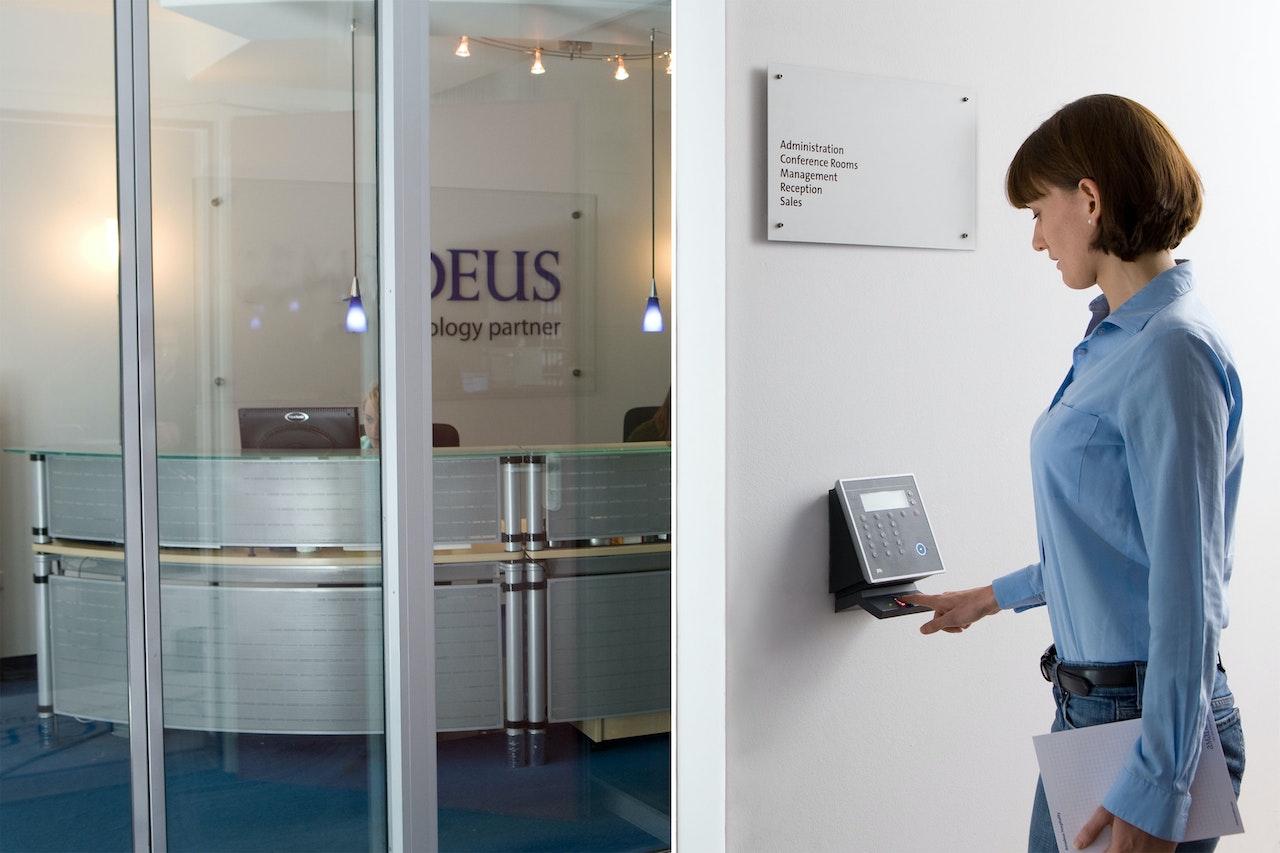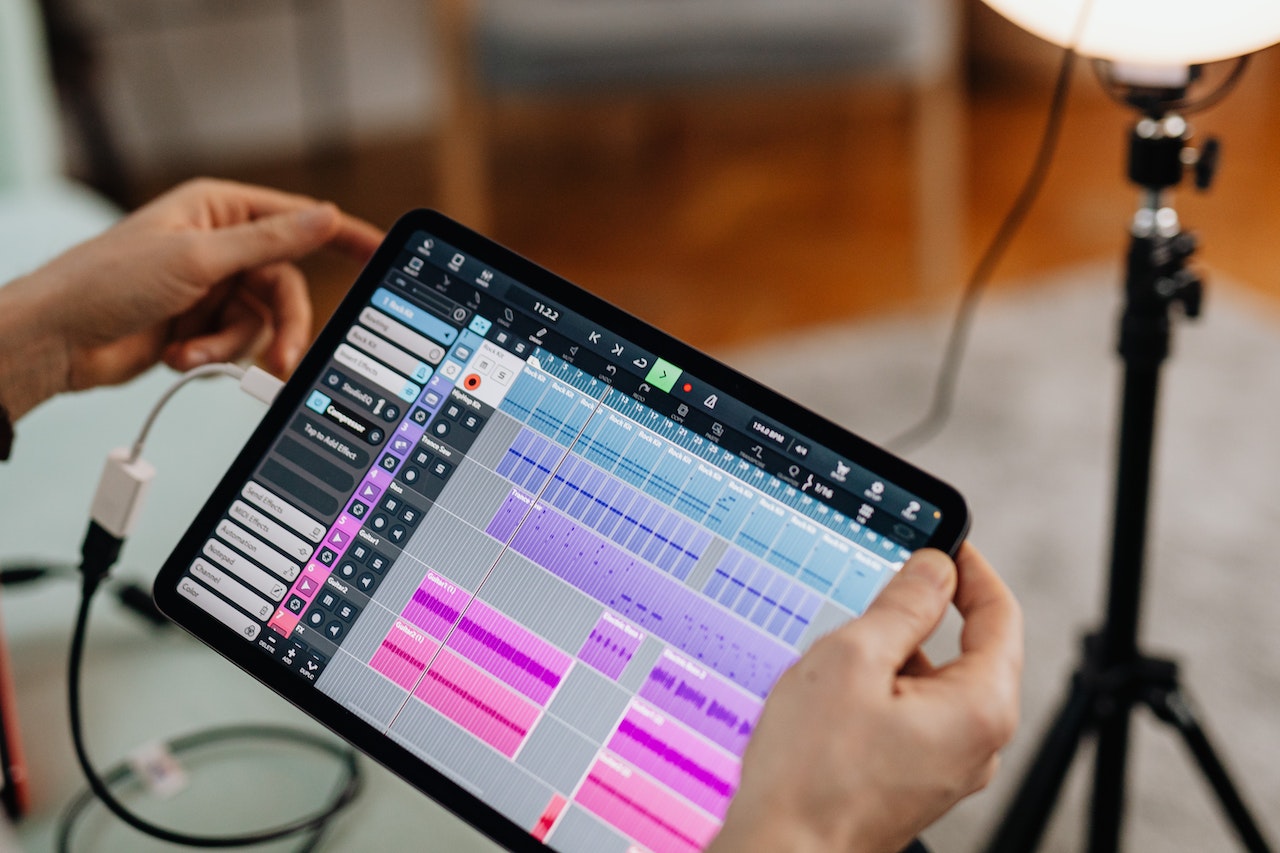The Future of Attendance Management : Biometric, GPS,Payroll and Excel-Based Systems
This shows how these systems can help small businesses prepare for the future of work by providing real-time data and insights that can inform decision-making and drive growth. Benefits of these systems such as increased accuracy, reduced administrative burden, and improved employee accountability
mohit kumar
Introduction
Attendance management is a critical aspect of running a small business. As we look to the future, technological advancements offer innovative solutions to streamline and optimize attendance tracking. This blog explores the future of attendance management and focuses on integration of biometric, GPS, payroll, and Excel-based systems. By harnessing the power of these systems, small businesses can revolutionize their approach to attendance management, ensuring accuracy, efficiency, and compliance.
Biometric Systems
Biometric systems utilize unique physical or behavioural attributes, such as fingerprints, facial recognition, or iris scans, to verify an individual's identity. These systems have gained significant popularity in attendance management due to their unmatched accuracy and reliability.

One of the primary advantages of biometric systems is the increased accuracy and reliability they offer. Traditional method of attendance tracking, such as manual data entry or swipe cards, are prone to errors and fraudulent practices. Biometric systems eliminate these issues by requiring the employee's unique biometric information for verification. Th promotes fairness within the workforce and minimizes the potential for time theft and buddy punching.
Furthermore, biometric systems enhance security and prevent fraud. By incorporating biometric authentication into attendance management, small businesses can protect sensitive data and prevent unauthorized access. Biometric identifiers are unique to each individual, making it extremely difficult for impostors to replicate or forge attendance records. This ensures that only authorized personnel have access to secure areas or confidential information, reducing the risk of security breaches.
GPS-Based Systems
GPS-based systems leverage satellite technology to track and monitor the location of employees in real time. These systems are particularly beneficial for small businesses with a mobile or remote workforce, allowing for efficient management of attendance and productivity regardless of geographical boundaries.

Real-time tracking and monitoring are among the primary advantages of GPS-based systems. By equipping employees with GPS-enabled devices, small businesses can accurately monitor their whereabouts throughout the workday. This ensures that employees are present at designated locations and helps prevent unauthorized absences or time abuse. Moreover, supervisors can gain valuable insights into employee activities, enabling them to optimize resource allocation and identify potential bottlenecks.
GPS-based systems also offer significant advantages for small businesses with a remote workforce. With the increasing trend of telecommuting and flexible work arrangements, it is crucial to have a reliable attendance management system that caters to these unique needs. GPS-based systems provide a seamless solution by enabling remote employees to log their attendance and track their working hours, regardless of their physical location. This promotes transparency and ensures accurate compensation for remote workers.
Additionally, GPS-based systems offer efficient route optimization capabilities. For businesses involved in transportation or field services, optimizing routes can lead to substantial cost savings and improved productivity. By analyzing GPS data, businesses can identify the most efficient routes for their employees, minimizing travel time and fuel expenses. This not only enhances attendance management but also contributes to overall operational efficiency.
Payroll Systems
Payroll systems play a crucial role in managing employee compensation, and integrating them with attendance management systems can streamline operations and ensure accurate payroll processing.

By integrating payroll systems with attendance management, small businesses can automate the process of calculating working hours and wages. This eliminates manual errors and reduces the administrative burden on the HR department. The integration also ensures compliance with labour laws and regulations, as the system can accurately calculate overtime, leave balances, and other important payroll-related factors.
Excel-Based Systems
Excel-based systems, utilizing software like Microsoft Excel, provide a cost-effective and customizable solution for small businesses with specific attendance management requirements.

Excel-based systems offer the advantage of cost-effectiveness and ease of implementation. Most small businesses are already familiar with Microsoft Excel, making it an accessible and affordable option for attendance management. By leveraging the existing infrastructure and employee knowledge, small businesses can save on the costs associated with purchasing and implementing new software or hardware.
Flexibility and customizability are other key advantages of Excel-based systems. Small businesses can tailor attendance management spreadsheets to match their specific requirements and workflows. Whether it's tracking different types of leave, integrating attendance data with payroll, or generating customized reports, Excel-based systems provide the flexibility to adapt to diverse business needs.
Integration of Biometric, GPS, Payroll, and Excel-Based Systems
While each system has its advantages, the true power lies in integrating biometric, GPS, payroll, and Excel-based systems into a comprehensive attendance management solution. By combining these technologies, small businesses can create a robust system that offers unparalleled accuracy, security, and efficiency.
The integration of biometric and GPS-based systems allows for seamless verification of an employee's identity along with real-time location tracking. This integration ensures that attendance records are not only accurate but also verified against the employee's physical presence at the designated location. Moreover, the integration of payroll systems ensures a smooth flow of attendance data into the payroll process. With accurate attendance records readily available, payroll calculations become faster and more accurate. This integration minimizes manual data entry errors and ensures compliance with labour laws and regulations.
Excel-based systems further enhance the comprehensive attendance management solution by leveraging the powerful features of spreadsheets to generate insightful reports, track trends, and perform in-depth analyses. This empowers decision-makers to make data-driven decisions, identify attendance patterns, and optimize resource allocation. Moreover, automation and streamlining of administrative tasks are key benefits of this integrated approach. With the integration of biometric, GPS, payroll, and Excel-based systems, manual data entry and tedious administrative processes can be minimized or eliminated. Automated workflows can be established, reducing the burden on HR personnel and ensuring accurate and timely attendance management.
Considerations for Small Businesses
Before adopting any attendance management system, small businesses must consider several factors to ensure a successful implementation. Budgetary constraints, scalability, data privacy, security concerns, and employee acceptance are crucial considerations that need to be addressed.
Budgetary constraints are a common challenge for small businesses, but they should not deter the adoption of attendance management systems. By carefully evaluating the costs and benefits of different solutions, small businesses can find an option that aligns with their financial capabilities. Excel-based systems often provide a cost-effective solution, while biometric, GPS and payroll-based systems may require a higher initial investment but offer significant long-term benefits.
Scalability is another important factor to consider, especially for growing small businesses. It is essential to choose an attendance management system that can accommodate increasing employee numbers and evolving business requirements. Scalable solutions ensure that the attendance management system remains effective and efficient as the business expands.
Data privacy and security are paramount in attendance management, as they involve handling sensitive employee information. Small businesses must choose systems that comply with relevant data protection regulations and implement robust security measures. Encryption, access controls, and regular system audits are examples of security measures that can safeguard attendance data from unauthorized access or breaches.
Employee acceptance and training are critical for the successful implementation and adoption of attendance management systems. Employees may have concerns about privacy, surveillance, or the learning curve associated with new technologies. Small businesses need to communicate the benefits of the system, address any concerns, and provide comprehensive training to ensure smooth acceptance and usage.

Implementation Steps for Small Businesses
Implementing an attendance management system requires careful planning and execution. Small businesses can follow these steps to ensure a successful implementation:
Assess business requirements and goals
Understand the specific attendance management needs of your small business and define the goals you aim to achieve through the system.
Research and select suitable systems
Explore different biometric, GPS, payroll, and Excel-based systems available in the market. Consider factors such as features, compatibility, cost, and support to identify the most suitable solution.
Test and pilot the chosen solution
Before fully implementing the system, conduct a pilot test with a small group of employees to identify any potential issues or areas for improvement.
Train employees and stakeholders
Provide comprehensive training to employees and stakeholders involved in the attendance management process. Ensure that they understand the system's functionalities, benefits, and any associated policies or procedures.
Ongoing monitoring and optimization
Continuously monitor the performance of the attendance management system and gather feedback from users. Make necessary adjustments and optimizations to ensure the system meets your evolving needs.
Future Trends and Innovations
The future of attendance management holds exciting possibilities. Advancements in biometric technology will lead to more sophisticated and secure identification methods, such as palm vein recognition or voice recognition. Integration of artificial intelligence and machine learning will enable systems to detect anomalies, predict attendance patterns, and provide actionable insights for businesses.
Mobile-based attendance management solutions will become increasingly prevalent, allowing employees to clock in and out using their smartphones. This will enhance convenience, especially for businesses with a dispersed workforce or flexible work arrangements.
Conclusion
In conclusion, the future of attendance management for small businesses is bright with the integration of biometrics, GPS, payroll, and Excel-based systems. These systems offer a range of benefits, including increased accuracy, enhanced security, real-time tracking, and efficient data analysis.
By carefully considering the specific needs and constraints of their business, small businesses can adopt and implement the most suitable attendance management solution. Embracing the future of attendance management will not only optimize productivity but also streamline operations, leading to long-term success and growth.
share this blog within your circle

